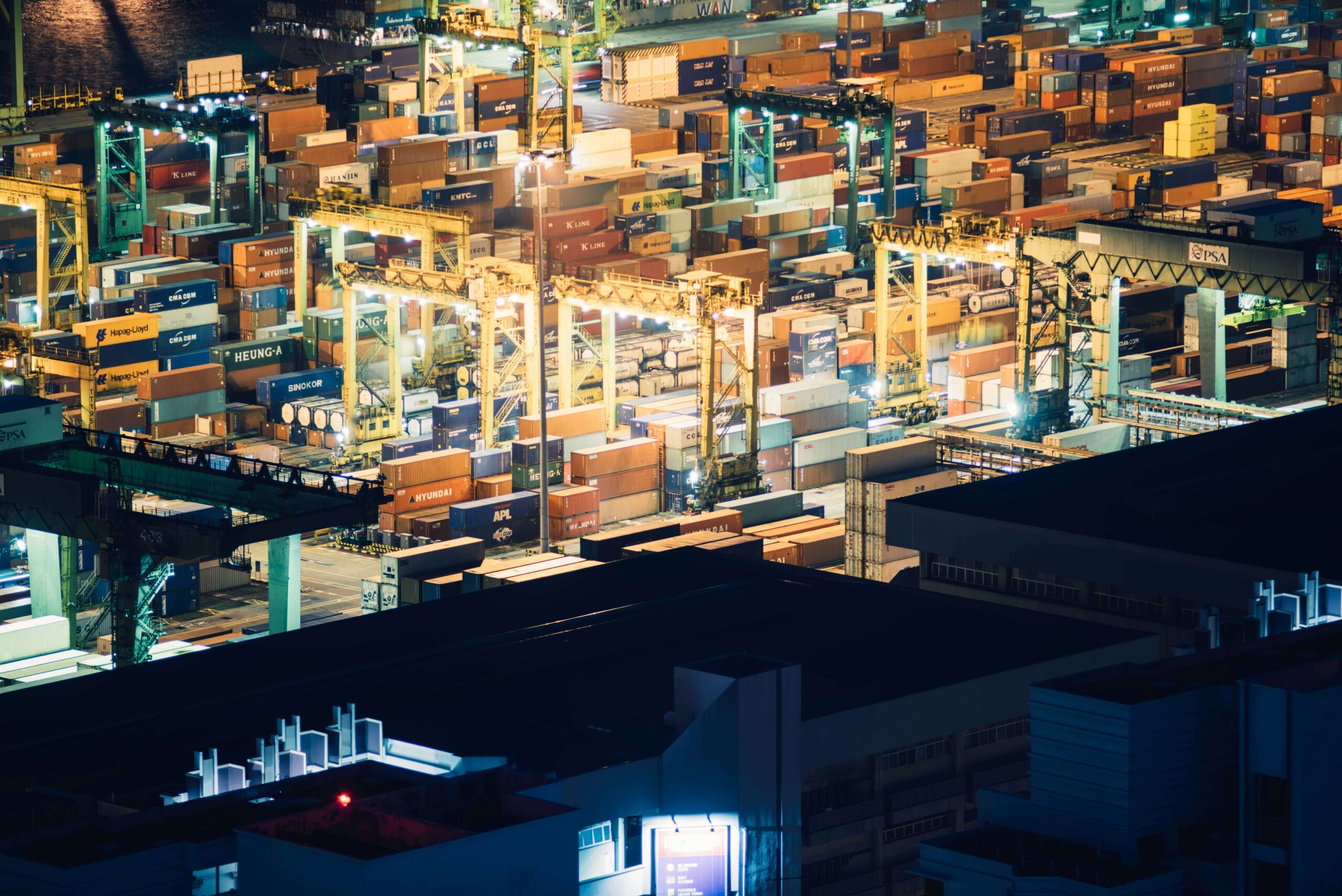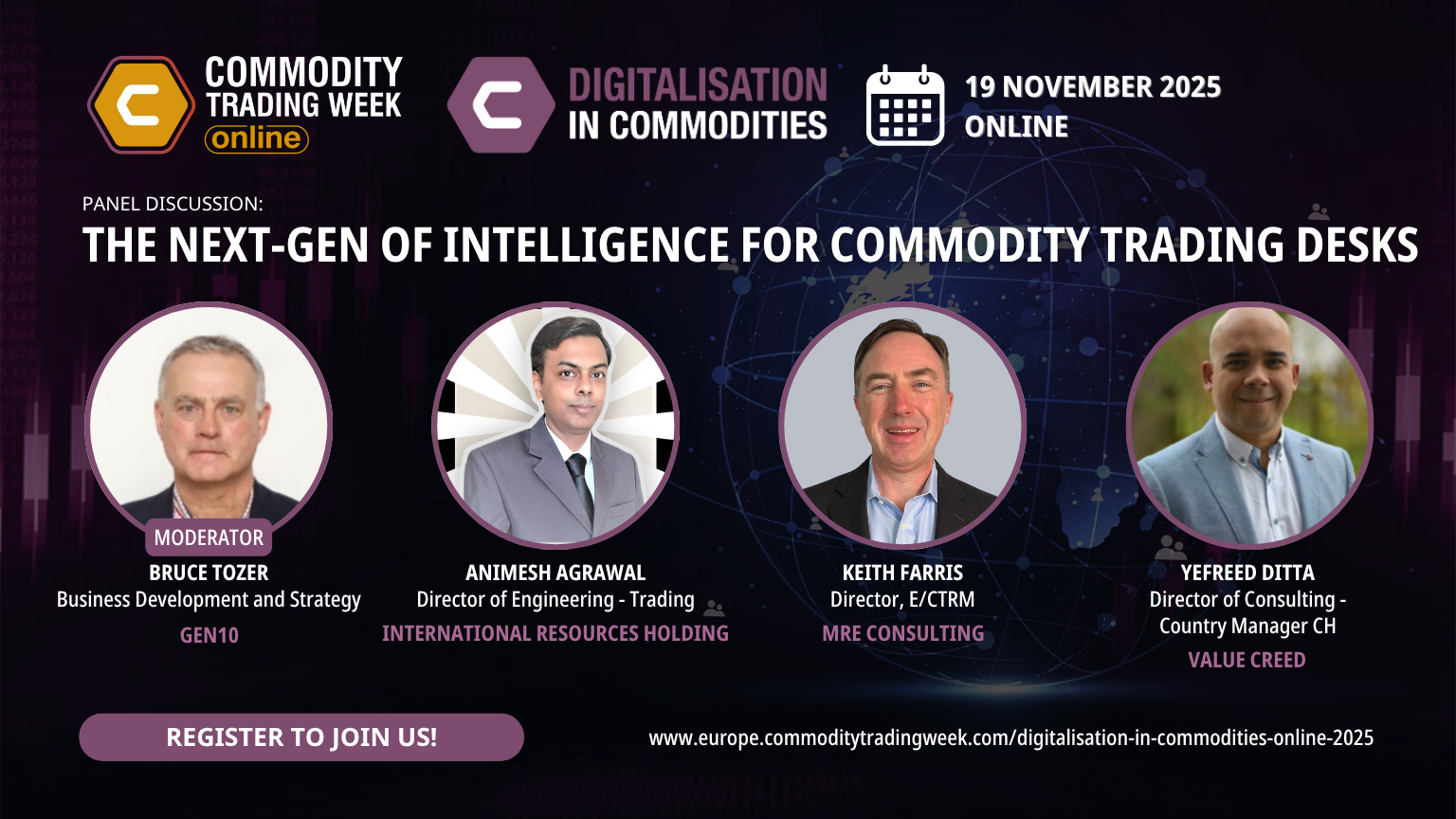
At every event the Gen10 team have taken part in this year, there has been a real interest in Commodity Management technology, and in how new technologies such as AI can be used to support commodity supply chains dealing with increasing complexity, volatility, and risk. Today we are summarising some of the key takeaways from multiple panels at the commodity trading events we have attended in the first half of this year.
Most organisations recognise the importance of the right technology, and how outdated technologies can cost the company time, opportunities, and money. But implementing the right technology for a business area can sometimes be held back by considerations over how a new system would integrate with your existing systems and processes.
This means that the best starting point is one that ensures your entire Commodity Management ecosystem is not just connected, but also collaborative. That is, that information entered into any of your systems is readily available across any connected programmes. For example, quality information received from a warehouse should automatically update position reports as soon as it enters your logistics system, rather than relying on your people to subsequently update other teams or reports after they have carried out their own role.
Technology is becoming more agile
Across conferences and events, discussions around agility are evolving. We used to hear frequent discussions of how important agility is, but now the conversation has moved on. Discussions are no longer around how to become agile, the technology is already there, and those whose entrenched systems are not agile are simply getting left further behind.
Organisations expect to be able to move fast and solve their particular business problems through strategic technology partners who understand and address their issues. And this is an ongoing process where strategies evolve as businesses and vendors collaborate over time. Gone are the days of finishing a CTRM implementation and declaring the project done. Vendors should be continually updating their systems in line with client needs and future goals, and technological advancements are continually opening up new avenues for clients to explore.
As businesses look to address more of their pain points with technology, more point solutions for different teams are emerging. It is not uncommon for businesses to be using CTRM, general ledger, ERP, vessel tracking, warehouse management, contract management and data analytics systems. And new tools such as sourcing and geolocation, carbon calculators, and AI tools are all becoming more common, alongside businesses expecting their Commodity Management Systems to expand to fill what were once operational and reporting gaps.
It’s a question of data
With more systems using and creating data than ever before, the real challenge becomes how you manage this data in one central location where all your teams and connected systems can access it, and more importantly, act on it. No easy feat, with data cleaning and validation a constant challenge, particularly as we add more data sources without standardised structures.
And since every commodity trading organisation has their own unique processes, systems, and data feeds, any CTRM system needs to be configurable to your own processes and technology ecosystem.
Effective data management across all these systems relies primarily on accessing reliable, verifiable data, in a format that each system can use, and on the ability to automate as much as possible. If this is done well, it can have the added benefit of ensuring that the data being used is clean and needs minimal validation.
Gen10 solve the problem of data access by specifically designing our software to help end users do their day job better, so that clean data is generated within the system and automatically shared directly from the source. For example, if your team are creating contracts in a connected CTRM or contract management module, that data can be used by operators, in risk reports, and in data analytics as soon as it is created, with no need to go through a complex cleaning and validation process.
Commodity Management brings it all together
Commodity Management Systems like Gen10’s CommOS also pull multiple data streams into one central location that manages your business in one place. A good Commodity Management System is collaborative by design, meaning that you should be able to connect whichever solutions and data sources are needed by all your business areas.
With CommOS, the CTRM system forms the backbone of this data management ecosystem. It pulls in data from each business system and external files to create one connected, collaborative Commodity Management System that allows you to manage the complete lifecycle of each contract in one place. From creating contracts and managing risk limits to checking quality data and automatically creating container packing lists, your team carry out their day job within CommOS, creating collaborative flows of data between teams in the background as they go.
CommOS is designed with interoperability in mind. It uses APIs to send and receive information to external systems, and is highly configurable, with the ability to add new data streams as your organisation’s data needs change in future. This API model makes the data available to all teams in real-time so it can be visualised and manipulated as needed, and any updates are automatically translated across all connected systems.
This gives you the ability to manage your entire business in one place, with one real-time single source of truth for all your critical operations data, whilst having the agility to add whichever best-of-breed solutions are most valuable for each individual team. This creates a culture of innovation, but also one of collaboration, where technological advancements in one business area benefit others due to the shared data underpinning all operations.
Are you being left behind when it comes to the agility of your systems? To find out more about how CommOS can power and add agility to your own technology ecosystem, book a demo today.


